
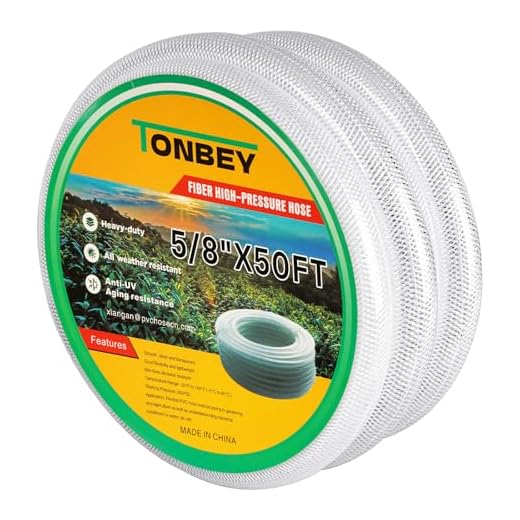
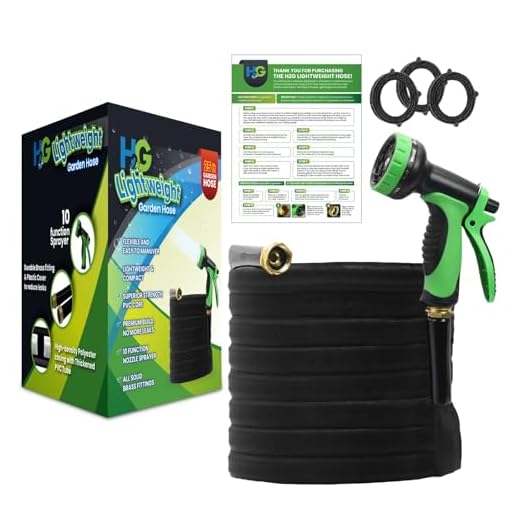

Begin by checking the water supply. If the flow rate is insufficient or the water source is obstructed, the unit’s performance will decline significantly. Ensure that your garden hose is free from kinks and blockages, and the inlet filter is clean. A consistent supply of clear water is crucial for optimal operation.
The next step involves examining the nozzle. A clogged or worn-out nozzle can lead to a drastic reduction in the effectiveness of the spray. Consider using a suitable cleaning solution to clear any debris and examine the nozzle for signs of wear. If necessary, replace it to restore the intended pressure output.
Inspect the motor and pump, as these are critical components for generating the necessary force. Ensure that they are functioning correctly and that there are no leaks in the seals or fittings. Regular maintenance, such as checking for damage and ensuring proper lubrication, can prevent common issues that lead to decreased power.
Finally, take a look at the detergent being used. Using the wrong type or overly concentrated solutions can harm the internal components. Stick to manufacturer recommendations for detergents to maintain the integrity of your machinery and ensure it works as designed.
Checking the Power Source Supply
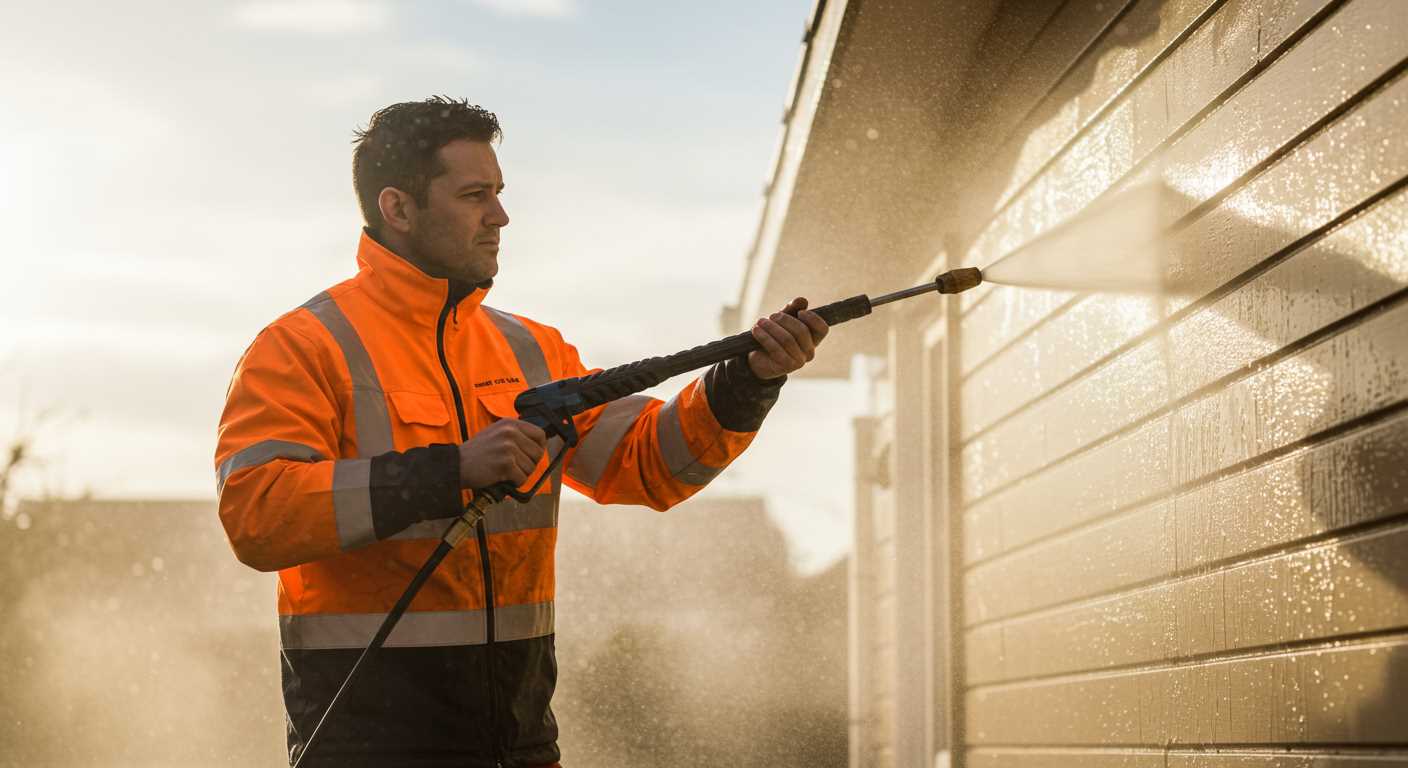
Ensure that the electrical outlet is functioning properly. Test the socket with another device to confirm it delivers the required voltage. If the outlet fails to work, consider resetting the circuit breaker or replacing blown fuses.
Examine Power Cords
Inspect the power cord for any visible damage, such as cuts or frays. A compromised cord can restrict electricity flow, impacting device performance. Replace any damaged cords immediately.
Check Extension Cords
If using an extension lead, confirm it is rated for the wattage necessary for your equipment. A lower-capacity extension might reduce power delivery. Avoid using long or multiple extension cords to prevent voltage drops.
In rare cases, a faulty power supply can arise from internal electrical issues. If all external checks pass but performance remains subpar, consider seeking professional assistance to investigate deeper electrical problems.
Inspecting the High-Pressure Hose for Blockages
Check the high-pressure hose for any signs of restrictions. A clear hose is essential for optimal performance. Follow these steps:
- Visual Inspection: Look for kinks, dents or any visible damage. These can significantly reduce flow.
- Disconnect: Safely detach the hose from both the machine and the nozzle. This allows for a thorough examination.
- Flush the Hose: Run water through the hose to identify any internal blockages. If water flows slowly or not at all, the hose might be compromised.
- Inspect Fittings: Examine the connectors at each end. Any debris or corrosion can hinder water flow.
- Check for Cracks: Small fractures can permit leaks, so probe along the length of the hose, paying close attention to bends and stress points.
If blockages are found, consider the following remedies:
- Clear Obstructions: Use a flexible rod or similar tool to gently dislodge debris.
- Replace the Hose: If there’s significant damage, replace the hose with a compatible model to ensure it provides adequate flow.
- Regular Maintenance: Periodically check the hose for wear to prevent future issues.
By maintaining a clear and intact high-pressure hose, the equipment will operate more reliably, ensuring effective cleaning.
Evaluating the Condition of the Spray Nozzle
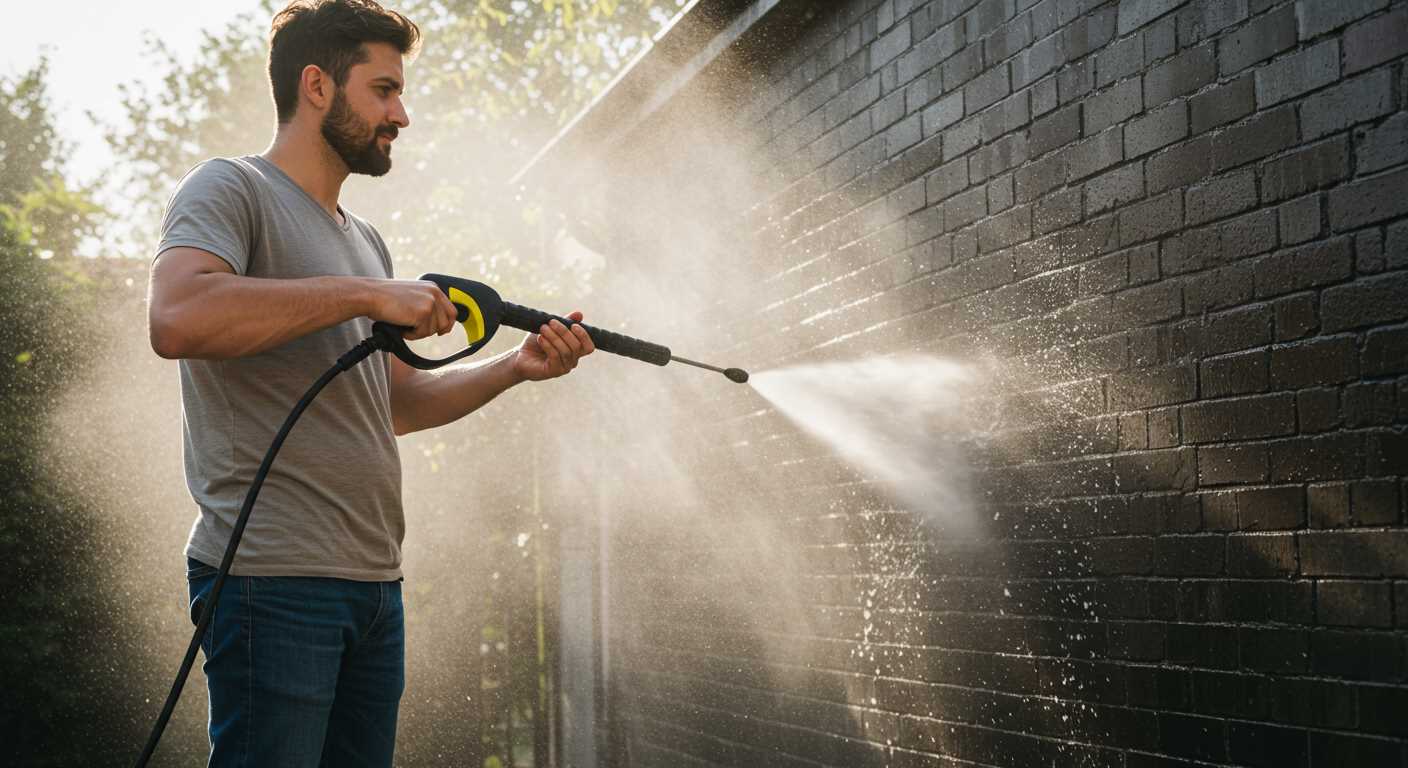
Inspect the spray nozzle for any signs of damage or wear. A clogged or deteriorated nozzle can significantly reduce the water flow and impact cleaning efficiency. Start by removing the nozzle from the wand and visually checking for blockages. Use a soft brush or a toothpick to gently clear any debris that may be obstructing the opening.
Examine the spray pattern as well. A uniform pattern is necessary for optimal cleaning; if the stream appears to be erratic or uneven, the nozzle likely requires replacement. Ensure that the orifice is not misshapen or cracked. A worn nozzle can lead to a wider spray pattern than intended, resulting in a decrease in force on the surface being cleaned.
After cleaning, reattach the nozzle and test it on a non-sensitive surface. If the issue persists, replacing the nozzle with a new one designed for your machine’s specifications is advisable. It’s a cost-effective solution that can enhance performance dramatically.
Regular maintenance of the nozzle will prolong its lifespan. After each use, rinse it out to prevent sediments from settling and causing future blockages. Store it in a clean, dry area to avoid exposure to harsh elements that can contribute to wear.
Assessing the Pump Performance and Pressure Settings
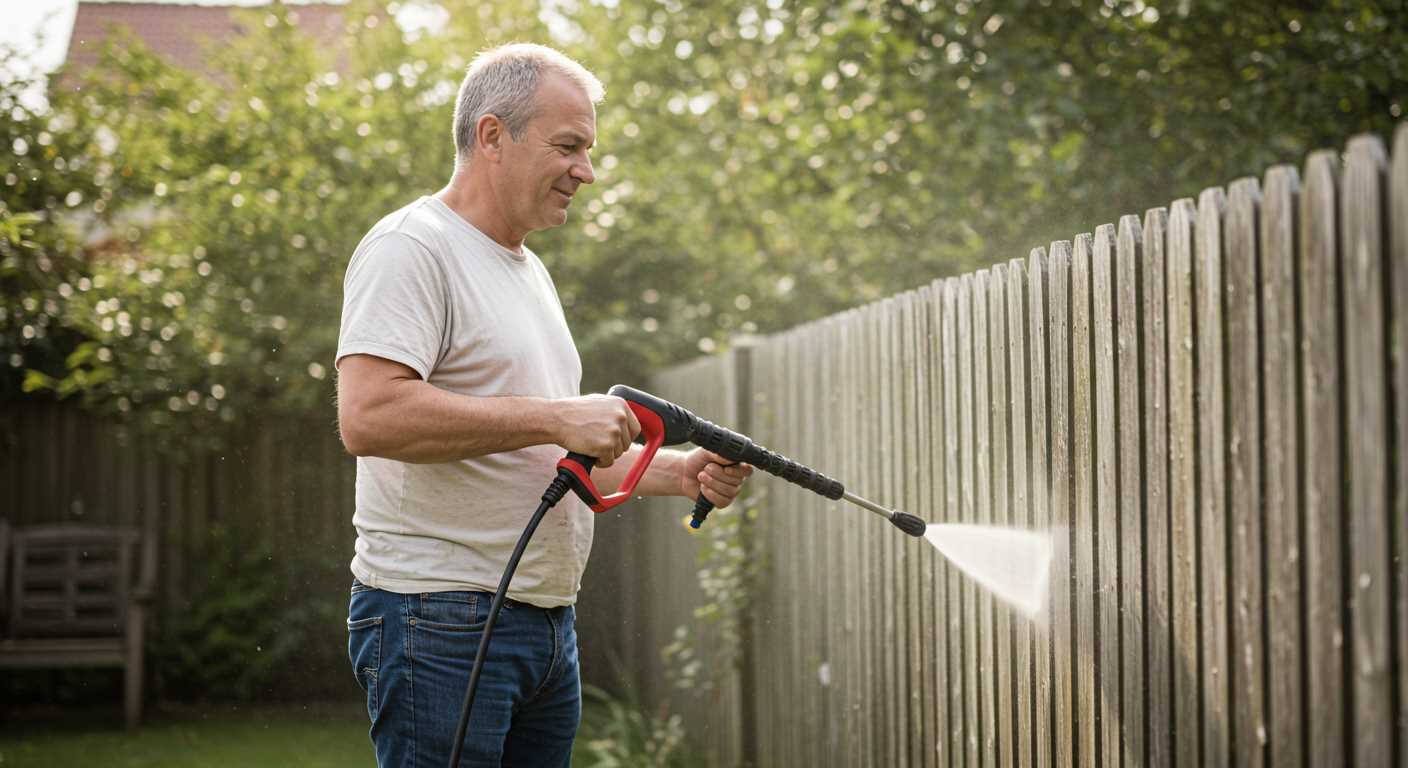
First, check the pump’s operational state. A malfunctioning pump directly affects cleaning efficiency. Listen for unusual noises; a smooth whir indicates proper function, while grinding or rattling suggests a problem.
Understanding the pressure regulator is essential. Adjustments should align with manufacturer recommendations. Setting it too low results in diminished force, while setting it too high can lead to equipment damage.
Here’s how to assess pump performance:
- Inspect the inlet filter for clogs. Any debris can restrict water flow, reducing output.
- Examine seals and gaskets for wear or damage. Compromised seals can lead to leaks, adversely impacting pressure.
- Test the unloader valve for proper operation. A malfunctioning valve can hinder pressure control.
Regular maintenance is key to sustaining pump efficiency. Clean filters and perform routine inspections. If performance issues persist, consider consulting a technician or contacting the manufacturer for advice on replacement parts.
Monitoring operating temperatures is valuable too. Overheating may indicate inadequate water supply or a failing pump, both detrimental to overall performance.
Finally, ensure the alignment of all components. Any misalignment can create friction and lead to pressure loss. Take the time to verify that everything is fitted correctly and securely.
Examining the Water Inlet Filter for Dirt Accumulation
.jpg)
Remove the water inlet filter from your equipment for inspection. This component is crucial as it prevents debris from entering the internal mechanisms. A clogged filter can significantly impede water flow and reduce efficiency.
Clean the filter under running water, using a soft brush to dislodge any stubborn particles. If the filter appears damaged or excessively worn, consider replacing it. Maintaining a clean inlet filter ensures optimal water supply, allowing the device to operate at its peak.
Regularly checking this filter–especially if you frequently use unfiltered water sources–can prevent many performance issues. Implement this as part of your routine maintenance to sustain high functionality.
Understanding the Impact of Water Temperature
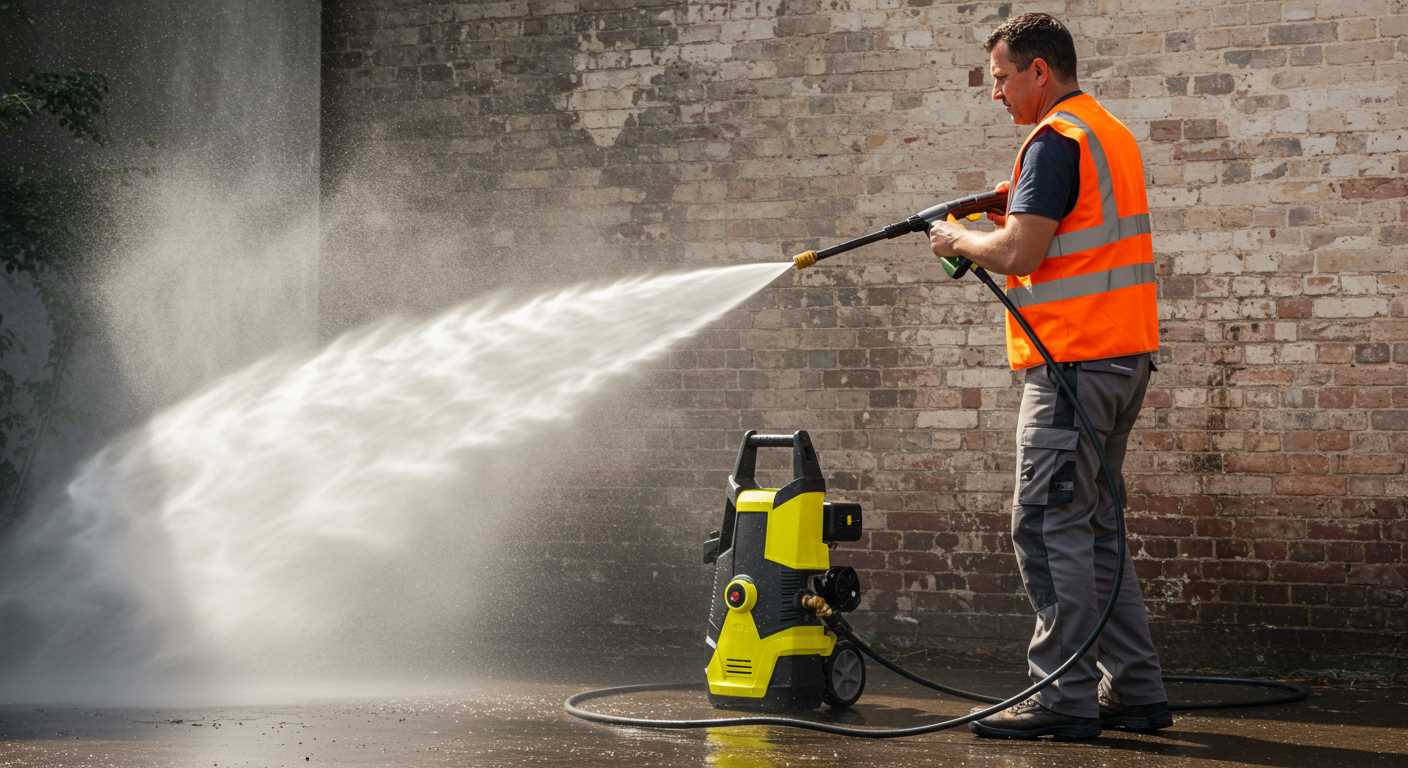
The temperature of the water significantly influences the cleaning ability of your equipment. Warmer water can break down dirt and grease more effectively than cold water.
For optimal cleaning, consider using water that is around 50°C (120°F). This temperature increases the efficacy of detergents and eliminates grime quicker. Below is a helpful table showing the correlation between water temperature and cleaning outcomes:
| Water Temperature (°C) | Cleaning Efficacy |
|---|---|
| 20 | Poor – Ideal for light dust and dirt |
| 30 | Moderate – Better for mild stains |
| 40 | Good – Effective on stubborn dirt and some oily stains |
| 50 | Excellent – Quick removal of grease and tough grime |
| 60+ | Risk of damaging surfaces – Use sparingly |
Ensure that your unit is designed to handle higher temperatures. Many machines come with specifications detailing the maximum water temperature they can tolerate. An incompatible temperature can lead to malfunctions or damage.
If water remains cold, consider checking your connection. Heating systems, if not functioning correctly, can result in lower cleaning effectiveness. Adjustments to temperature settings or system maintenance may be required to achieve the desired outcome.
Identifying issues with the motor or engine
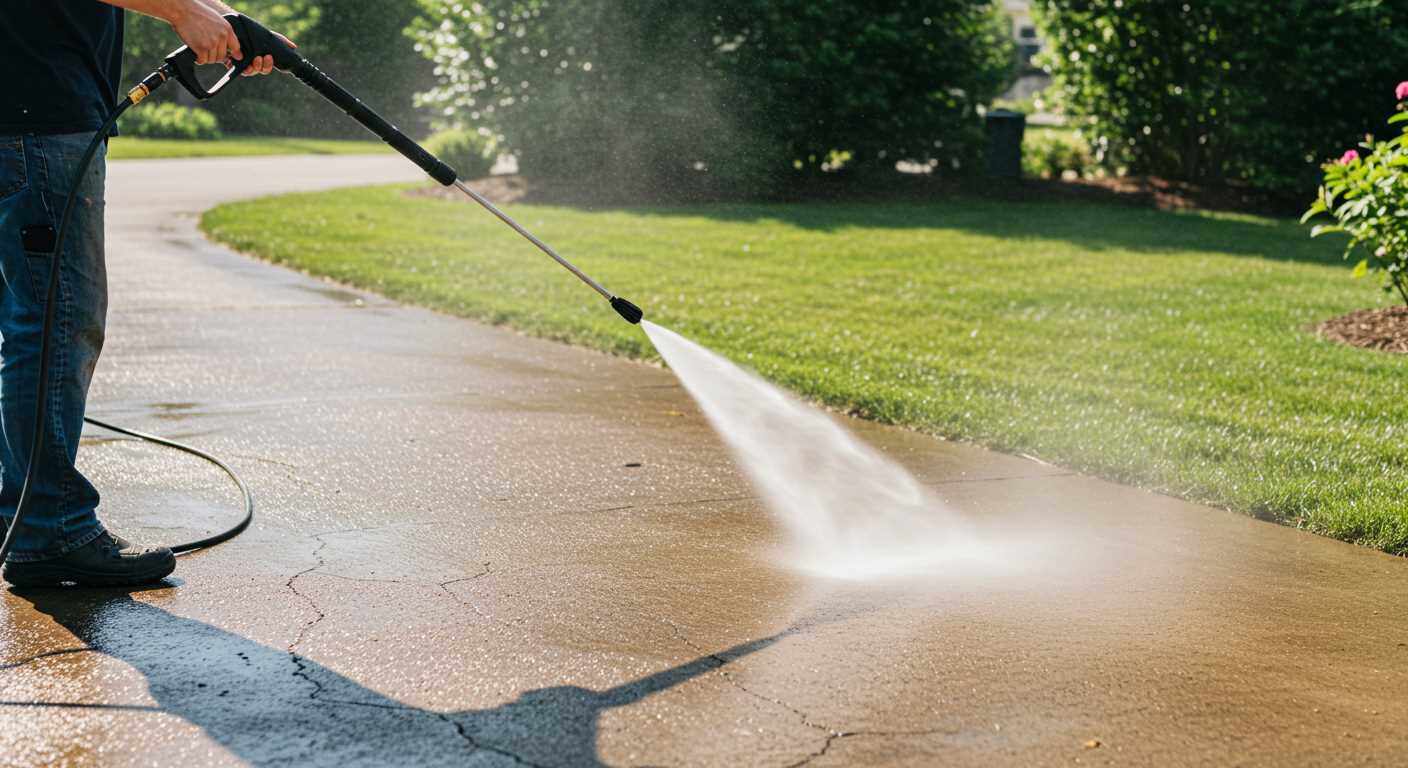
Begin by checking for irregular sounds during operation, as this may indicate mechanical stress or wear. Pay close attention to vibrations that are uncommon, which could also signal a malfunction.
Inspect the fuel supply if your unit runs on gas. Ensure the tank has clean fuel and that the fuel lines are not clogged or damaged. A contaminated fuel system can drastically reduce efficiency.
For electric models, examine the electrical connections. Look for frayed wires or loose terminals that might hinder power delivery and affect the performance of the unit.
Next, assess the spark plug condition in gas models. A dirty or worn-out spark plug can lead to misfiring, resulting in reduced operation strength. Replace if necessary.
Additionally, check the air filter. A clogged filter restricts air intake, affecting combustion efficiency and, ultimately, the machine’s output.
If the motor or engine won’t start, troubleshoot by verifying the power switch and safety mechanisms are engaged correctly. Sometimes, a simple reset of the system can resolve the issue.
Lastly, ensure that the cooling system is functioning properly. An overheating engine can lead to a drop in performance. If overheating occurs, inspect for coolant leaks or blockages in the cooling passages.
Considering the Implications of Improper Detergent Use
Using the wrong detergent can significantly affect cleaning outcomes. I highly recommend selecting a formula specifically designed for your machine. Many users mistakenly opt for general-purpose cleaners, thinking they will suffice, but these can lead to blockage or damage to internal components.
Impact on Performance
Inadequate or inappropriate detergent can reduce the effectiveness of the cleaning process. For instance, excessive sudsing from non-compatible products can clog filters and hoses, preventing a smooth flow of water. If your equipment struggles to maintain pressure, check if the detergent is contributing to foam issues.
Protection of Components
Chemicals not intended for your equipment can corrode seals and gaskets, leading to leaks or ruptures. Always check user manuals for recommended brands or alternatives. Using a suitable solution not only enhances cleaning ability but also prolongs the life of critical parts.
Invest in high-quality, compatible detergents and observe how your cleaning machine operates. A small change in chemical choice can make a notable difference in performance and longevity.









